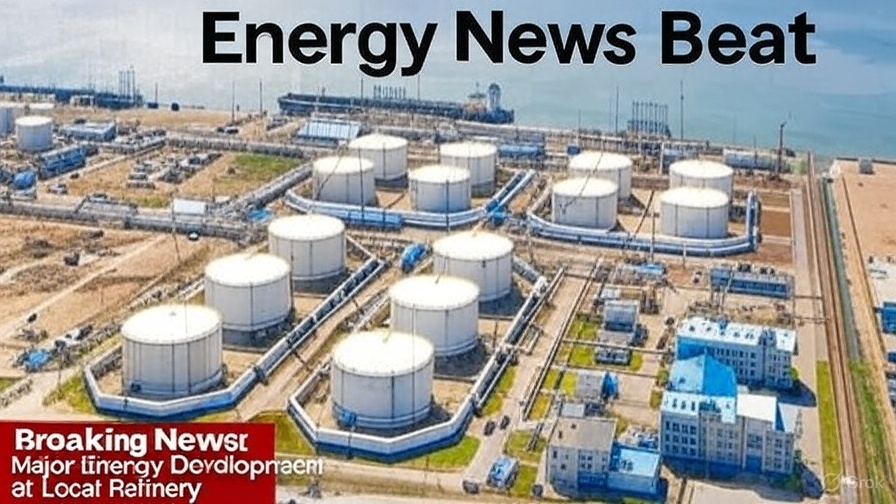Details of the Borrowing and Quality Concerns
Mars crude, produced offshore in the Gulf of America, is a medium-sour grade typically blended for refining into fuels like gasoline, diesel, and jet fuel. The contamination has forced ExxonMobil to cut production at its Baton Rouge facility, which has a capacity of about 520,000 barrels per day (bpd), and attempt to resell affected cargoes in the spot market.
The U.S. Department of Energy (DOE) approved the loan to mitigate logistical hurdles and avert refinery outages, particularly during the high-demand summer driving season.
The borrowed crude is slated for delivery this month at the St. James terminal in Louisiana, a critical storage and distribution hub.
Under the exchange agreement, ExxonMobil is required to repay the borrowed volume plus additional barrels as a premium, ensuring no net cost to taxpayers.
ExxonMobil has stated that the SPR loan will help maintain operational continuity and fuel supply stability, especially for the Southeast and Mid-Atlantic regions that rely heavily on output from Baton Rouge.
Without this intervention, a prolonged outage could ripple through fuel markets, exacerbating prices and availability issues.This event aligns with broader efforts under the current administration to refill the SPR, which was significantly depleted during the prior Biden era.
The DOE emphasized its collaboration with industry to safeguard national energy security.
History of the SPR Under the Biden Administration
-
2021-2022 Releases: In late 2021, the Biden administration initiated coordinated releases with international partners, totaling up to 260 million barrels through various draws.
The largest single action came on March 31, 2022, when Biden announced a release of 1 million barrels per day for 180 days—approximately 180 million barrels—was supposed to counteract price spikes following Russia’s invasion of Ukraine. But it was later acknowledged as price and market manipulation for election results.
-
This reduced the SPR to its lowest level since 1983, with a total drawdown of about 288 million barrels by July 2023, including some congressionally mandated sales.
- However, replenishment was incomplete, leaving the SPR well below its historical peak of around 726.5 million barrels in 2011.
Challenges and Criticisms: The aggressive draws were credited with lowering gasoline prices by 17 to 42 cents per gallon in 2022, to win an election.
Yet, they drew backlash for potentially compromising long-term energy security and using the SPR for political price management rather than true emergencies. Aging infrastructure in SPR caverns also posed risks during the rapid cycling of oil. By early 2025, under the incoming Trump administration, only minimal additions (around 3,000 barrels reported by March 2025) had occurred, with plans for more substantial refills.
Overall, Biden’s SPR strategy prioritized short-term relief and prioritizing a mid-term election over maintaining reserve integrity, reducing holdings from approximately 638 million barrels in January 2021 to around 360 million by mid-2023, before a partial recovery.
Is This a Proper Use for the SPR?
The ExxonMobil case represents a textbook application: a targeted, temporary loan to avert a refinery outage from a specific disruption (crude contamination), with built-in mechanisms to enhance the reserve upon repayment. Unlike the Biden-era mass releases, which were largely price-driven and depleted stocks without immediate threats to physical supply, this borrowing addresses a genuine logistical and quality issue threatening fuel production. It prevents broader energy security risks, such as regional fuel shortages, and costs taxpayers nothing while potentially adding to SPR volumes.
As the U.S. energy landscape evolves with increasing domestic production and global uncertainties, cases like this affirm the SPR’s role in operational resilience. However, sustained replenishment remains vital to ensure it’s equipped for larger-scale crises.

